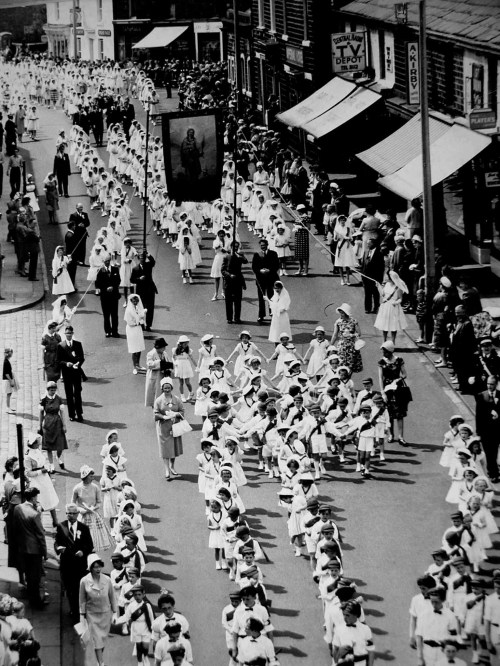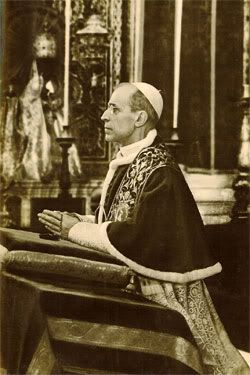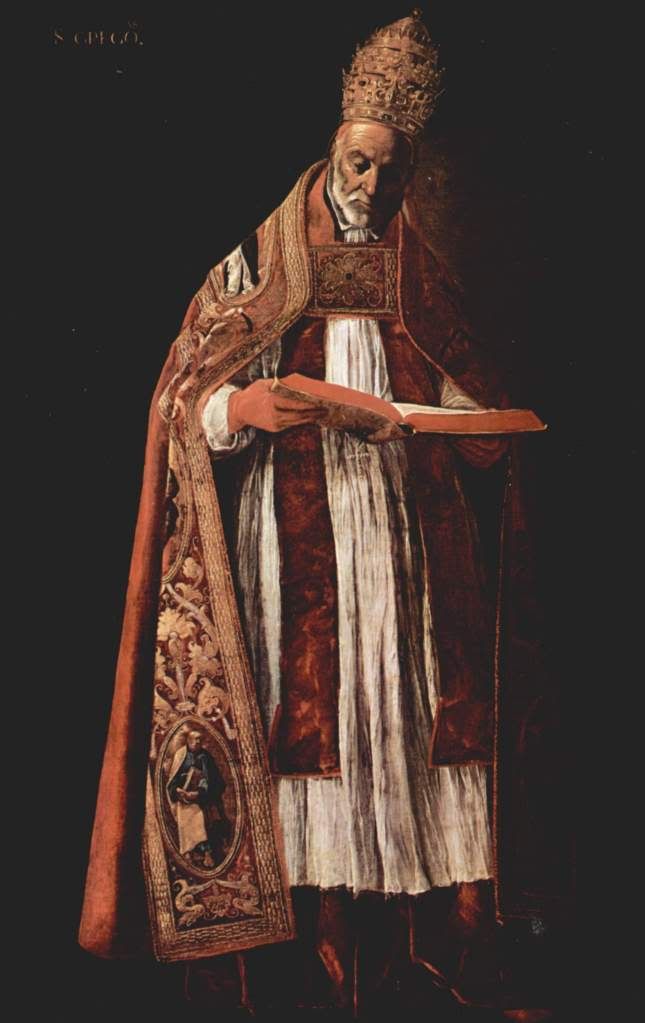One of the first things I notice about the faith today is the relaxed, one might almost say supine, attitude to what was once considered a vital part of one’s daily obligations as a catholic; that of regular fasting and abstinence. I come from that generation born in the years following the end of rationing after the Second World War, so although I have never had to suffer the privations of war, my parents and grandparents certainly did. The wartime attitude to food and the wasting of it coloured their lives thereafter, as it has coloured mine, though perhaps to a lesser extent.
One of the more noticeable changes introduced by the Fathers of Vatican II was a relaxation in the church’s laws of fast and abstinence. All of a sudden it was permitted to attend mass with merely three hours of fasting, as opposed to fasting from midnight. You can imagine that for a child, this was a great relief. Gone too was the need to eat fish on Friday’s; I have a pathological hatred of fish. So, hosannah’s and halleuja’s all round one might suppose. The Wartime diet, while not being terribly exciting, did have the unexpected corollory of producing greater general fitness in the nation as a whole. And while the church’s laws were not solely responsible for sleek and healthy catholics one cannot help think that they reinforced a culture of careful consideration of what and when one ate. At a later date the rules were revised even further so that now it is considered enough to merely fast for one hour before taking the Eucharist.
Over and above dietary considerations, one must consider the effect of this relaxation on the congregation in their preparations for taking part in The Eucharistic Feast. For our separated bretheren The Eucharist is merely a commemoration and is for that reason not especially exciting and they can be forgiven for playing around with it to the extent that they do. But The Eucharist for catholics is a wholly different and much more awesome event. Through the Mystery of Transubstantiation the bread and wine of The Eucharist is subtly transformed at the moment of consecration and becomes the actual body and blood of Christ. We are eating God! Indeed, the original greek texts of the New Testament are very precise and allow for no reinterpretation of what Christ’s actual intention was. We are meant to “chew” the Eucharist as one would chew flesh! That act of ritualised cannibalism is, the only way, to ensure salvation. It is brutal and shocking! It was never intended as some sort of comfortably mimsy get together with a couple of happy-clappy hymns and a bit of pious rhetoric. In The Eucharist there was fear and awe in equal measure. That is why the Mass was ordered the way it was, that was the reason for the vesture and why every church had an altar and a sanctuary, as opposed to a commemoration table and a celebration space. From time immemorial the act of sacrifice has required that the victim be offered to the deity on an altar and that by virtue of their special use and significance such places became special and “other” to ordinary everyday reality. If that was true when it was animals and humans who were being offered for sacrifice, how much more true and terrible must it be when the sacrifice offered is God himself? How truly terrifying must it be to realise that the being who created all perceivable reality is not just sitting somewhere up in the sky, veiled by clouds, but is actually standing in front of you in the persona of the priest who is offering you a part of his body to eat! Would you not approach the sanctuary in dread and fall down on your knees and say, as we used to, “Lord, I am not worthy to receive you under my roof.” and, moreover, mean every syllable with every fibre of your being? Because you knew that no matter how well prepared you were for this encounter, you could never hope to match the perfection of God.
All this was taught to us in various forms as soon as we were capable of understanding, first from our parents and then at school. I remember that while being prepared to take my first communion there was much allusion to good housekeeping from our teacher. It was banged home, again and again, that the only correct way to approach the Eucharist was in a state of Grace, and that meant having purged yourself of sin through prayer and fasting. To do so in any other way was to display wanton disrespect which would not only bring shame on yourself, your parents and your teachers, but, would also insult the being who created you.
In this light it is easy to see that the relaxations ushered in following Vatican II have not really helped to maintain the sense of the sacredness of The Eucharist. Smashing the Altars, and “kumbaya” haven’t helped either!
I have a little prayer book which was given to me when I made my first Confession at the age of seven. It was published in 1951 and so represents what is perhaps the apogee of Catholic observance. In it are listed the rules for and days of Fasting and Abstinence.
“1. The Law of Abstinence forbids the use of flesh-meat and of soup, etc., made from it. Eggs, cheese, butter and seasonings of food are permitted. The Law of Fasting forbids more than one full meal a day, and this must not be taken before noon.
2. All catholics seven years old or over are obliged to abstain. All Catholics from the completion of their twenty-first year to the begining of their sixtieth year, unless lawfully excused, are bound to fast.
Fasting Days
All days of Lent, except Sundays, until mid-day on Holy Saturday. Ember Days, viz: Wednesdays, Fridays and Saturdays after Ash Wednesday, Whit-Sunday, September 14th and the 3rd Sunday of Advent – The Vigils of The Assumption, All Saints and Christmas Day (except when these feasts fall on a Monday) -The Vigil of Whit-Sunday.
Abstinence Days
All Fridays of the year, except when Holidays of Obligation and December 26th fall on Friday. All Wednesdays of Lent, Ember Saturday in Lent, The Ember Wednesdays, The Vigils of The Assumption, All Saints and Christmas (except when these feasts fall on a Sunday or Monday).”
It is a lot to consider but it really is not as onerous as it might first appear. .
.



